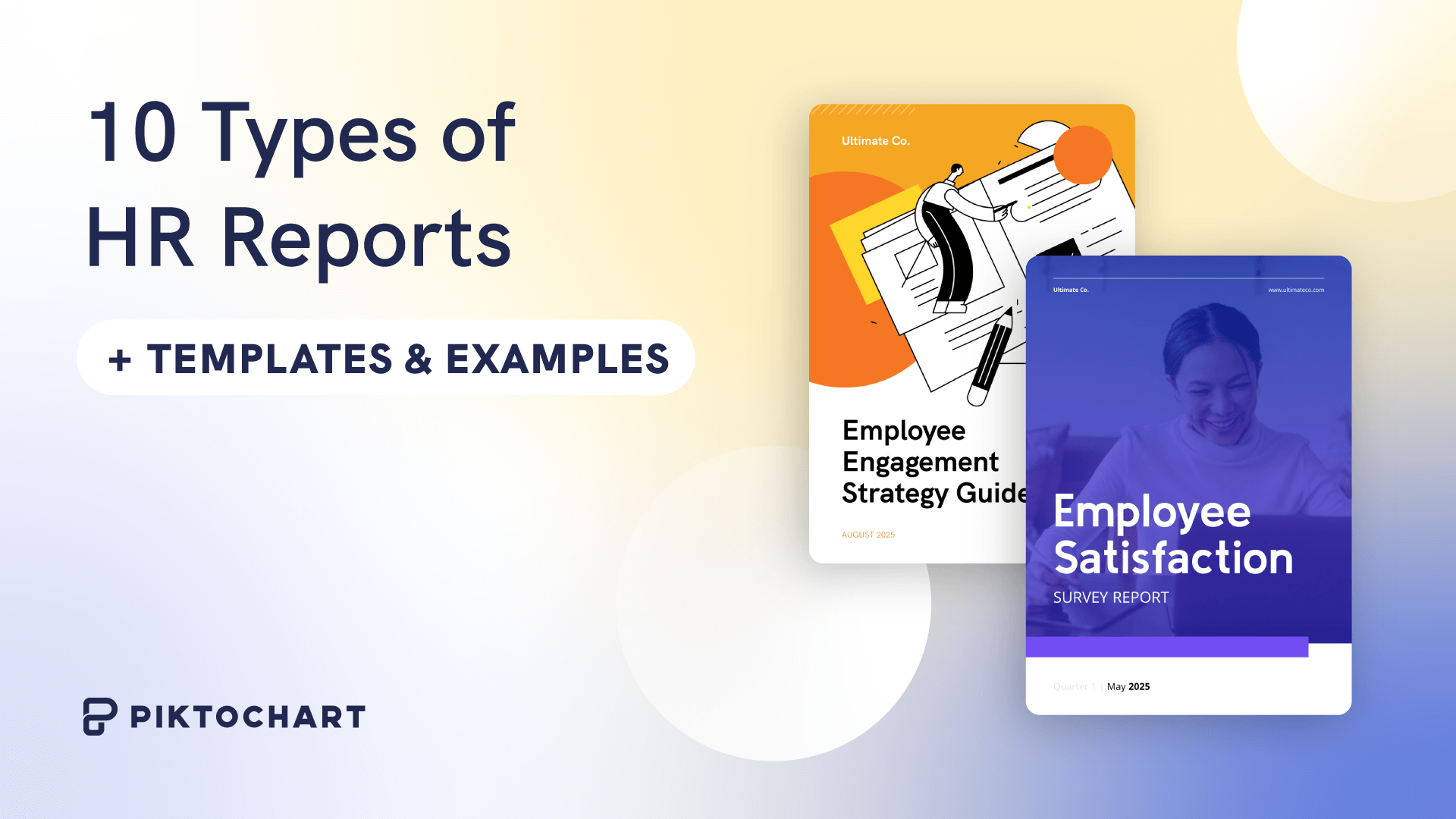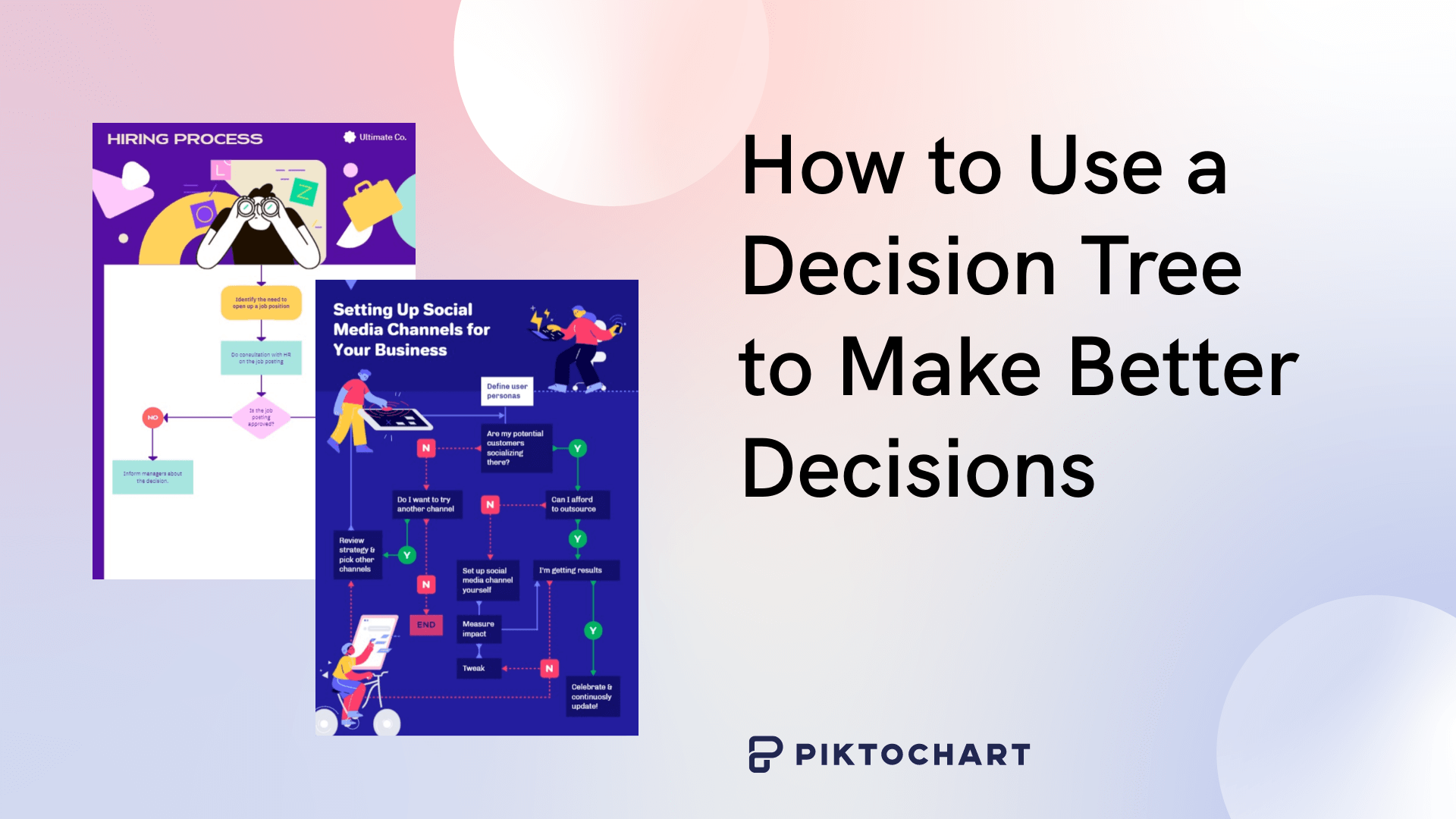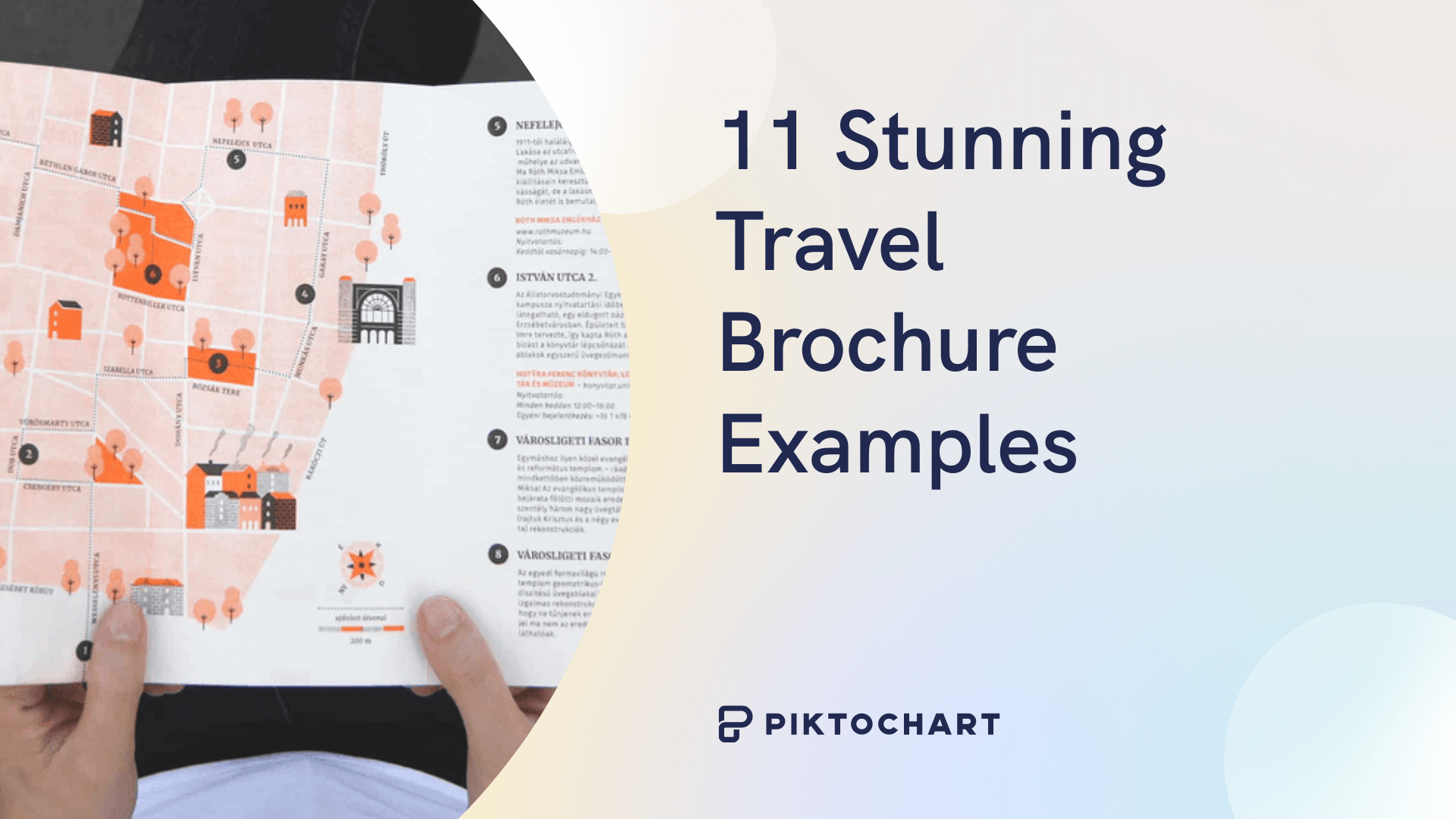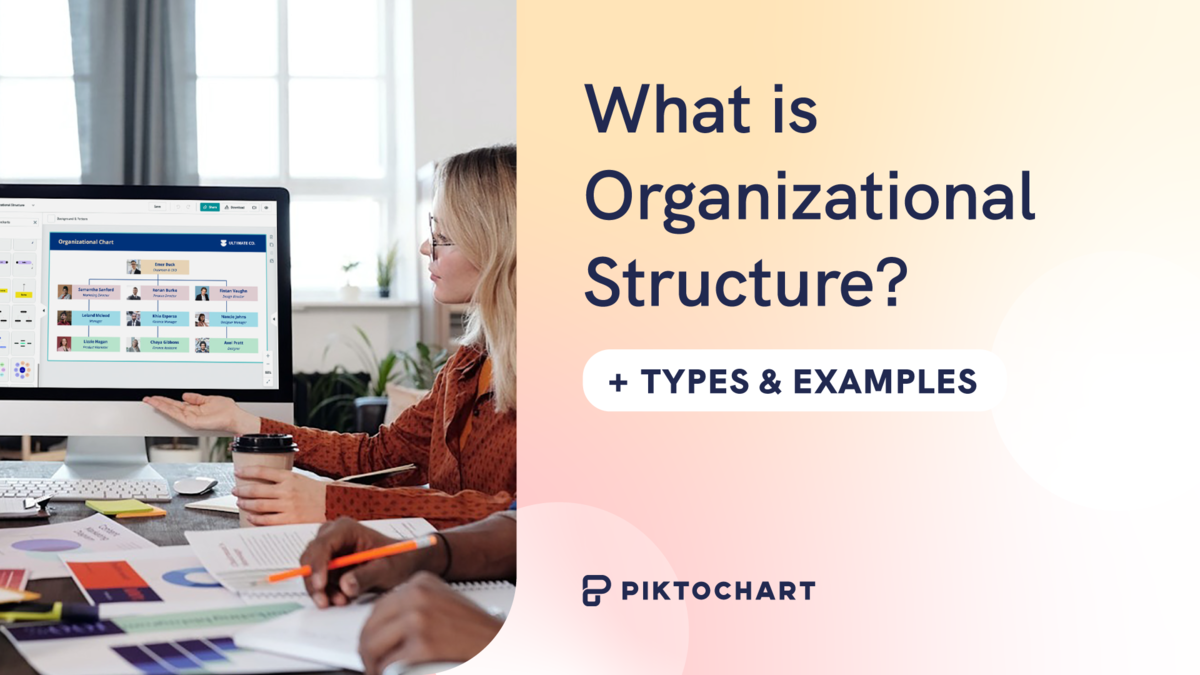Reporting is one of the most underrated skills for career progression. It’s one thing to be a star performer, but it means very little if the people at the top of your organization can’t understand your work’s impact.
However, if you’re anything like me, you have mixed feelings about reporting. On the one hand, it’s a great way to spot trends and communicate with the broader business, but on the other, it can become a major time drain.
I’m embarrassed to admit there have been times when I spent more time tinkering with graph colors and stock images than actually gathering the data for my report.
Since then, I have upgraded to use report templates, and oh boy—what a difference! Not just in how quickly I can produce a report but also in the level of engagement our team now gets from senior stakeholders.
So, if you want to save time while telling a more concise story with your data, here are 10 of my favorite report templates for HR professionals. All of the templates I use are from Piktochart, so you can follow along with your account.
If you still haven’t signed up for Piktochart, you can create a free account in under 2 minutes.
What is an HR report?
Part of working in HR means you’ll already be creating reports on the state of your workforce, future development plans, and the progress of any projects your team has underway.
You’ll complete most of these reports monthly, and if it’s taking a couple days a week to prepare them, that’s a huge chunk of your time you could be using towards more impactful work.
Not only this but if you’re rushing through your reports, you’ll miss out on the greatest opportunity reports can provide. Do you ever wish your boss would understand why you need more resources or why they should back your project? Reports are how you can communicate your department’s needs in a way businesses use to make decisions.
But it’s not just about showing your business leaders an Excel spreadsheet of numbers. It’s about the story your data tells.
Report templates are built to help busy professionals tell this story. A lot of thought goes into the flow of information in templates, and with the right analysis boosted by graphs, pop-outs, images, and roadmap visualizations, you’ll be able to bring business leaders on a journey.
This journey will ultimately help you do your job. You’re the HR expert; you will already be able to identify the changes that need to be made at your company, and with the help of expertly crafted reports, so will everyone else.
What is included in a typical HR report?
There are a few sections that you’ll typically see across the most effective HR reports. Some reports will vary, but you should prepare to share these details in your HR reports:
Introduction and objectives
This is your opportunity to orientate your audience. Most of the wider business won’t be aware of the work your team is doing or even the current state of your employee experience.
Your introduction is where you drop all assumptions about your audience’s knowledge and share what they can expect from this report.
Remember to be clear with your objectives. Typically, your objectives for a single report should be broken down into 1-3 short points. For example, if you share a training report with executives, you may have two outcomes: 1. Show the current ROI for the training junior employees, 2. Display how further funding could increase sales.
Findings backed up by data
Gather all the data you can to give a comprehensive overview to the audience. Make sure to highlight the information that is related to your objectives.
Report templates designed for HR professionals already have blocks for the content that needs to stand out the most, saving you time making graphs from scratch. All you need to do is input your data, and you’ll have a well-designed graph highlighting your information.
Recommendations to improve outcomes
Based on the data and your expertise, you’ll want to comment on findings and outline your recommendations going forward. Your recommendations should be connected to your objectives and lead to the creation of SMART goals.
Tip: Use the same template to measure your future progress against the initial report.
Summary of key points
Wrap your report up by summarising the key points. You’ll want to reference what your data showed, what that data meant, and the recommendations going forward. This way, when executives look back on your report, they’ll have a quick reminder of what information they gained from it.
HR report templates will already have sections built out to display key points in a digestible way.
Supplementary information
You won’t want to overload your reports with excessive data, such as extra data tables, details of your collection method, or academic references.
Neatly finish your report with all this supplementary information. That way, if anyone wants to dive deeper into your work behind the report, they will be able to do so, but it won’t take away from the tidy story you’re trying to tell in the body of your report.
10 types of HR reports
Not all HR reports are created equal when it comes to driving strategic decisions and meaningful business impact. To help you focus your reporting on metrics that matter, we compiled a list of the top 10 HR reports that every HR team should have in their toolkit.
Tip: You can follow along with a free Piktochart account! Each report mentioned below has a link to edit it in real-time. Start your free account here.
1. HR Internal Audit Report
As a core part of your reporting, you’ll want a streamlined audit template you can easily update regularly to help you proactively identify and mitigate compliance risks.
This template includes everything your HR team needs to conduct regular audits, such as visibility for leadership into potential liabilities related to misclassification, discriminatory practices, or regulatory violations.
Consistently using it for your audits will also allow your audience to familiarize themselves with the format, making it easier to identify changes and trends over time.
Key benefits:
- Provides a clear format for presenting objectives, scope, and findings
- Customizable for specific purposes, e.g. compliance assessments
- Highlights potential risks within the organization
- Utilizes pop-out quotes or stats for key findings
Edit the Internal Audit report here: http://pikto.wpstaging.uk/templates/reports/2340-internal-audit-report/
2. Employee Satisfaction & Retention Report
Highly engaged teams are 21% more profitable. But you can’t improve engagement without truly understanding the current state of employee sentiment. That’s where an Employee Engagement & Retention report comes in.
In this template, you can consolidate survey findings in a way that’s easy for your stakeholders to understand. Once they have a deeper understanding of the employee experience, you’ll be in a stronger position to negotiate the resources you need to make improvements.
This report template can also be used before and after implementing a new initiative to show the effectiveness of new policies and practices. With a clear ROI, there’s no doubt your audience will be impressed with the action you took to improve employee satisfaction.
Key benefits:
- Consolidates survey findings for easy analysis
- Highlights key strengths and areas for improvement in the employee experience
- Assesses the effectiveness of implemented HR initiatives
- Facilitates transparency and open communication with employees
Edit the Employee Satisfaction report here: http://pikto.wpstaging.uk/templates/reports/4264-modern-employee-satisfaction-survey/
3. HR Roles and Responsibility Report
It’s important for everyone in your department to have a clear understanding of what’s expected of them in their roles.
This HR Roles and Responsibility template breaks down the specific tasks and responsibilities assigned to each member. It’s a useful resource for evaluating the performance of everyone on your team and ensuring that their contributions are aligned with the department’s key performance indicators (KPIs) and goals.
The key is to design your handbook not around generic role descriptions but around the specific skills, capabilities, and outcomes your organization requires from HR. Start by clarifying HR’s overarching mission and key objectives, then define the roles and responsibilities needed to achieve those priorities.
For example, if HR’s core focus is building robust talent pipelines for critical roles, your handbook should include positions like “Talent Sourcing Specialist” with clear expectations around building candidate relationships and leveraging data to predict hiring needs. If creating a best-in-class employee experience is paramount, roles like “Employee Engagement Manager” and “HR Operations Coordinator” become essential.
Many HR departments also use this report to identify areas for improvement and make hiring decisions when recruiting HR professionals.
Key benefits:
- Guides new HR hires during onboarding
- Assists in evaluating HR staff performance and aligning them with departmental goals
- Supports strategic planning and hiring
Edit the HR Roles and Responsibility report here: http://pikto.wpstaging.uk/templates/reports/4189-roles-and-responsibility/
4. Diversity, Equity & Inclusion (DEI) Report
Improving DEI is a top priority for HR professionals worldwide, as increased diversity leads to better outcomes for businesses and the world.
“Organizations in the top quartile for ethnic diversity have a +36% likelihood of financial outperformance” – Forrester diversity report.
This template allows your team to display the diversity breakdown by level and department, giving you the most accurate glimpse into the opportunities your company provides to diverse communities.
For example, if your wider company has a high level of diversity, but your board of directors doesn’t. This distinction is important to recognize, as it could indicate difficulties with fair prompting and hiring practices.
This brings us to another important part of this template; your inclusive hiring metrics. Knowing where you stand will allow your team to focus on interviewing a diverse range of candidates and setting strategies to ensure equitable promotion rates across the company.
Lastly, you’ll be able to show inclusion and belonging scores from the employee survey, which may shine a light on why your workplace attracts diversity or isn’t hitting the mark for all employees.
Key benefits:
- Quantifies diversity metrics
- Reflects organizational dedication to diversity and equity
- Showcases HR initiatives from recruitment strategies to training programs
Our Corporate Social Responsibility Report offers a great template you can use as your diversity report. Click here to edit the report.
5. Hiring Dashboard Report
The Hiring Dashboard report is a beautiful way to streamline your recruitment by tracking and analyzing all hiring data.
It provides your team with a visually pleasing way to share key metrics and insights, such as the number of positions filled, the number still open, the time it takes to fill a position, total headcount, and the number of remote workers, all with engaging graphs to showcase hiring trends.
Through real-time visibility into key hiring metrics, your department will be able to make informed decisions about optimizing your current workforce and hiring strategies.
Plus, with a real-time view of the recruiting process, you’ll be able to see and actively mitigate bottlenecks. This reduces time to fill and ensures the organization has the talent in place to drive strategic initiatives forward.
Key benefits:
- Streamlines recruitment process tracking and analysis
- Highlights any bottlenecks in the hiring process in real-time
- Enables informed decision-making and optimization of hiring strategies
Edit the Hiring Dashboard report here: http://pikto.wpstaging.uk/templates/reports/1257-hiring-dashboard/
6. Training Report
The Training report template will empower your team to track training progress quickly and measure outcomes with ease. Too often, employees are sent to do training, and there is no follow-up to actually measure the benefits.
This template allows your HR team to quickly evaluate training programs and keep a clear record of the return on investment gained from sending employees to upskill. Through tracking leading indicators like learner engagement and behavior change alongside lagging indicators like performance improvement this report paints a clear picture of training impact.
With this information, you’ll be able to recognize which training courses benefit your company most, allow you to create future personalized learning plans, and share concrete outcomes with stakeholders.
Key benefits:
- Simplifies monitoring of training progress and outcomes
- Customizable features for evaluating training effectiveness
- Showcases the impact of training initiatives for stakeholders
Edit the Training report here: http://pikto.wpstaging.uk/templates/reports/4071-training-report/
7. Employee Compensation & Benefits Report
The Employee Compensation & Benefits report template will help you simplify your communication of compensation and benefits information. Having clear guidelines for how your company promotes, pays, and offers benefits will save you hours of negotiations and give you consistent guidelines everyone in your company can refer to.
Using this template within your organization will promote fairness and equity by ensuring employees understand how their compensation is determined and how it compares to their peers. This transparency can help reduce feelings of resentment or distrust among employees.
“Disengaged employees cost U.S. companies up to $550 billion a year” – Forbes.
Particularly for marginalized groups, it is valuable to show that you compensate consistently and are committed to paying equity. This template will not only allow you to put employees at ease but will help you cut down on negotiation time and streamline your hiring and promotion practices.
Key benefits:
- Simplifies communication of compensation and benefits information
- Customizable design for presenting salary structures, bonuses, and benefits clearly
- Fosters transparency and trust within the organization
- Promotes fairness and equity by ensuring employees understand compensation determinants
Edit the Employee Compensation & Benefits report here: http://pikto.wpstaging.uk/templates/reports/2316-employee-compensation-benefits/
8. Talent Management Report
The war for talent shows no signs of slowing. To stay competitive, organizations need to be laser-focused on engaging and retaining their top performers.
Using this comprehensive talent management report, you’ll be able to oversee all aspects of talent management within your organization. The report consolidates critical information on employee performance, development, and well-being, allowing you to see trends in hiring and identify any factors contributing to losing talent.
In the report, you’ll be able to see PTO usage and employee departures. Based on this information, you might identify that many employees aren’t using their PTO and are then leaving the company. This trend may indicate your company is losing talent due to burnout or pressure not to take any leave from managers. Knowing information like this is the first step to making change.
Key benefits:
- Centralizes talent management data
- Tracks performance, development, and well-being
- Monitors metrics like PTO, new hires, and retention challenges
- Offers insights for strategic decision-making
Edit the Talent Management report here: http://pikto.wpstaging.uk/templates/presentations/2469-talent-management-report-widescreen/
9. HR Internship Report
Bringing in interns is a great way to bring fresh perspectives into your company, boost your workforce’s productivity, and find future talent that you can hire in full-time roles.
“40% of full-time employees come from a company’s internship program” – Randstad.
It’s no secret that Gen Z is bombarded with companies competing for their attention, so a stand-out, beautifully designed report that highlights all the key benefits of joining your internship program can go a long way toward cutting through the noise.
This report is designed to help inform potential interns about the program’s structure, objectives, and selection process. It clearly summarizes what candidates can expect and outlines the expectations and requirements for participation. You’d be surprised how vague companies can be when looking for interns. Your future interns want to know what they can expect from their time with you, particularly what skills they will gain and what expectations you will have for them.
“Those hired through internship programs had a five-year retention rate higher than those who weren’t” – NACE.
In addition, being clear about the application requirements saves everyone time. It prevents you from reading through hundreds of unqualified applications and gives students interested in working for your company clear guidelines for how they can upskill and apply in the future.
Key benefits:
- Provides a clear overview of what applicants can expect from the internship program
- Share information about the program structure and objectives
- Offers a summary of expectations and requirements for participation
Edit the HR Internship report report here: http://pikto.wpstaging.uk/community/education/4971-hr-internship-report-template/
10. HR Annual Report
The last, but certainly not least, template you need in your HR toolkit is the complete HR Annual Report. This user-friendly template is designed to help streamline the monitoring, analysis, and reporting of key HR metrics year on year.
It provides a visually pleasing view of critical indicators such as employee performance, PTO (Paid Time Off) usage, leave patterns, overtime hours, time-off rate, and turnover rate.
For this report, you must use a template that’s easy to understand and has clear breakdowns of the significance of data, as this is one document that you’ll likely need to share with your wider company.
Once everyone in your company has a clear overview of the last year, you’ll be in a solid position to recommend strategies for the new year to optimize workforce management, improve operational efficiency, and align human capital strategies with overarching organizational objectives.
Key benefits:
- Simplifies HR metric monitoring and analysis
- Visualizes key indicators like employee performance and turnover rate
- Facilitates real-time decision-making for workforce optimization
Edit the HR Annual report report here: http://pikto.wpstaging.uk/templates/hr/2261-hr-annual-report/
How to design an effective report
Now that you’ve seen the top 10 HR reports, we want to share how you take your reports to the next level.
Add brand elements to your reports

Customize your report with your brand and wow your stakeholders. On Piktochart, you can upload your brand colors, fonts, logos, and more to ensure consistency and reinforce brand identity throughout the report, maintaining a professional and cohesive appearance.
Learn more: Knowledge base: adding brand elements
Apply elements to your report that enhance understanding
Make sure each visual in your report serves a clear purpose. Avoid charts or images just for the sake of it. Choose elements that enhance the understanding of your report. Otherwise, you might find it hard to see the information that matters most.
Here’s an example of a graph, just for the sake of a graph:

This graph has 4 data points based on the payment method bringing in revenue. It’s hard to follow each point, and it’s even harder to see which of the 3 lower lines is overall bringing in more revenue. If this data was put into a bar chart, however, where the audience could see exact numbers next to one another, it might be more informative.
Here’s a clear example of a bar chart comparing costs. You can easily see, compared to the budget, what was spent and when.
Use pop-out quotes or stats to highlight key findings
Your stakeholders will often be busy and want to understand the findings in your report as quickly as possible. Using these pop-outs, you can quickly identify the key takeaways, helping you easily get stakeholders on board with your plans.
Example from this template.
Set the tone and objectives at the start
Establishing a clear mission, vision, and critical objectives at the outset lays a strong foundation for the report, aligning stakeholders and ensuring clarity and focus throughout the reporting process.
Example from this Piktochart template.
Clearly organize your data
Utilize clear and concise headings and sections in your reports to organize information effectively. This will facilitate easy navigation and comprehension for readers.
Example from this Piktochart template.
Use templates that are easy to update
Many businesses hire designers to create beautiful templates for their reports. This is costly and takes time away from other resources, making the reports hard to update. You want to use a platform that the HR team can easily access and edit when creating reports, as data such as roles, compensation, sick leave, OPT, and more will change often and require frequent updates.
View all our customizable templates here: http://pikto.wpstaging.uk/templates/
Use graphs to engage readers
Plain old reports can quickly lose the reader’s interest. Especially if you want to share this report with the broader company, you’ll want it to be engaging to get the most employee participation. Use graphics like this to catch the reader’s eye and give them key information in a more digestible way.
Example from this Piktochart template.
Make trends stand out with reoccurring icons
Enhance clarity and visibility by employing recurring icons to highlight prominent trends within the data. Consistent iconography makes trends more noticeable and aids in quick comprehension and interpretation, ensuring key insights stand out at a glance.
Example from this Piktochart template.
Create reports for all types of learners
You’ll want everyone to understand where your company is and where it is heading. Make your report accessible using a clear structure, engaging infographics, and high-quality images. For example, some of your stakeholders might like to read the long-form analysis of your data, while others don’t want to read much at all. Instead, they may want to skim the report and use visuals like icons or images with short data points to understand your report.
Typically learning styles are broken into 4 types, visual, auditory, reading/writing, and kinesthetic. Try to cater to each of these styles when presenting to your audience. Below is a great example of a report that shares clear data, and provides talking points to highlight key findings.
Example from this template.
Lean into gamification
Transform your reporting using templates that add an element of gamification. A great example is the Hiring Dashboard, which tracks and visualizes progress towards hiring goals. Create incentives for recruiters, milestones, and leaderboards based on recruitment metrics to motivate your teams and create healthy competition and engagement.
Example from this template.
Conclusion
With all these incredible report templates at your fingertips, it can be hard to decide where to start!
If you are in a team that hasn’t been historically tracking data, I’d start small and work your way up to a big report like the internal audit. By starting with the roles and responsibilities report and assigning your team members to start building up your data for each report, you’ll be able to establish a strong base of data that you can easily input into the templates.
However, if you’re a data-heavy team, start with the internal audit and work backwards. Your focus will be to bring stakeholders into your world. These templates will help speed this process up as they provide guidelines for where to put what data.
Wherever you decide to start, using templates will help your team upgrade their reporting process with engaging visuals, get stakeholders onboard with recommendations, and save you a lot of time in the process! What’s not to like?
You can start using all reports from this article today with a free Piktochart account.
Don’t miss out on the opportunity to optimize your workforce and achieve your organizational goals, start utilizing HR report templates today.
To get started, browse from our large selection of reports or create a free account today!












